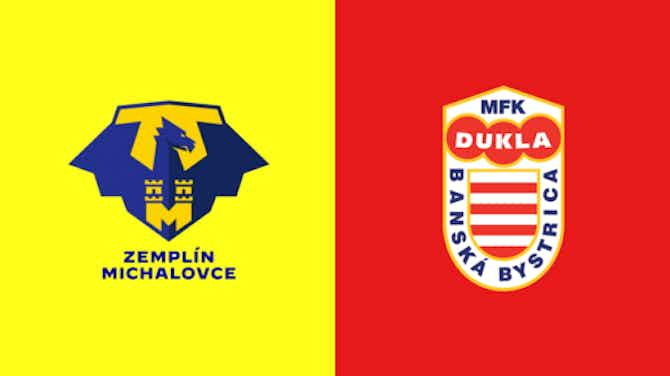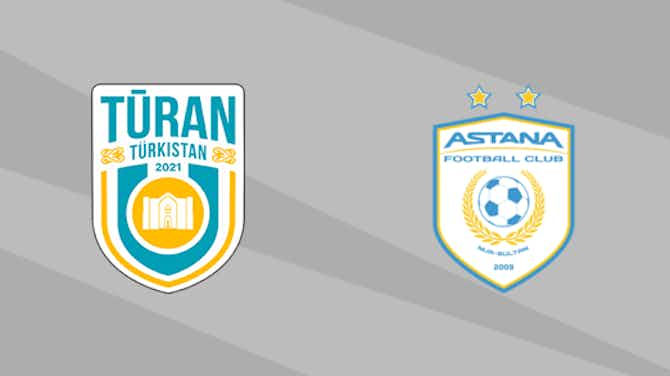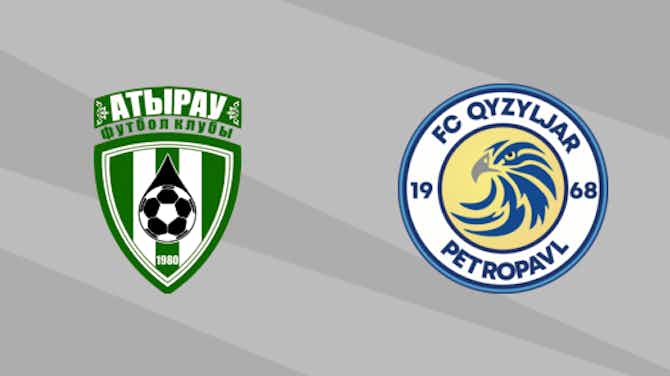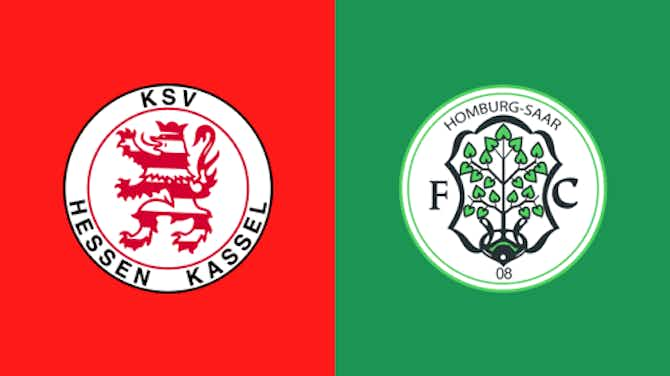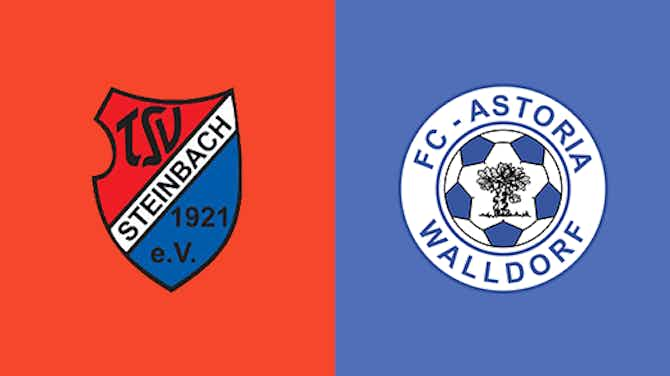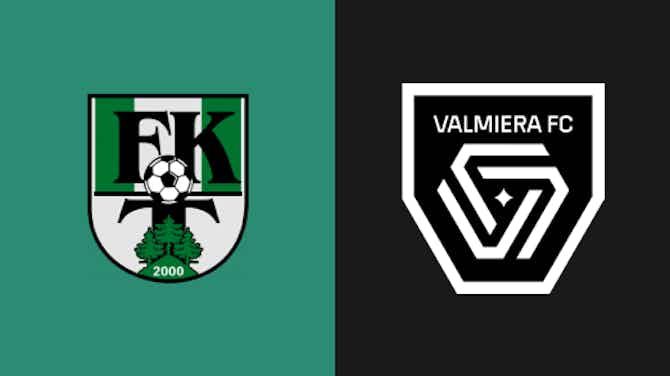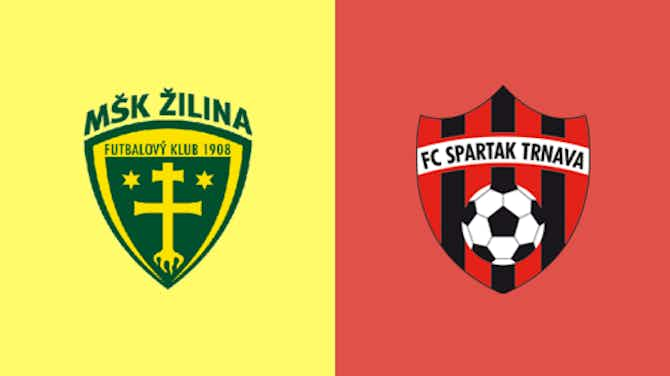El Arte Del Futbol
·11 August 2020
Iván de la Peña – The misunderstood genius with a revered status in Barcelona
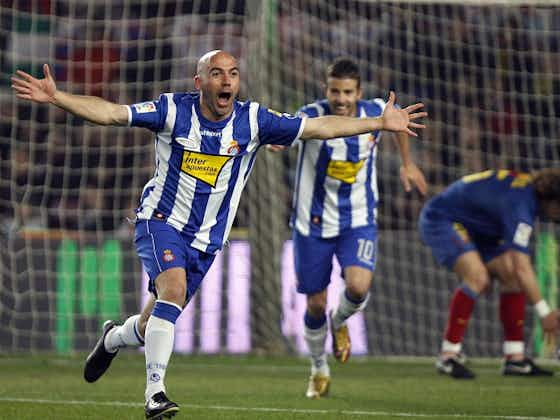
El Arte Del Futbol
·11 August 2020

It was the end of the 1994-5 season, and in Barcelona, there were heated discussions about the team’s direction. Johan Cruyff was still the manager, but it seemed as though the glory days of the Dream Team that conquered Europe were well behind them.
After winning four-straight league titles between 1991 and 1994, the fourth-place finish in 1995 raised questions. These weren’t just about the performances of the team, but individuals were under scrutiny as well. The team was struggling domestically, and in the previous year, hadn’t done too well in the Champions League.
Cruyff knew that Barcelona needed to inject some spark into the team that was starting to become a bit of a murky version of its former self. Therefore, changes were implemented, and it saw the ascension of a group of five young players from La Masia, a generation of five promising youngsters known as la quinta del Mini.
One of the players in that group, perhaps the most talented and the one garnering the most plaudits was a playmaker from Santander – Iván de la Peña.
Starting in a local futsal club in his natal city of northern Spain, De la Peña was recruited by Barcelona’s scouts while playing in regional tournaments, where his devilry with the ball had impressed many.
Lo Pelat – the bald one – as he was known since he shaved his head, was surrounded by a constant buzz since he was 15. His exquisite skills and incredible touch caught the eye of several teams around the country. Boasting an exquisite right foot, there were lots of expectations from him from that young group.
De la Peña’s arrival on the scene couldn’t have been much better. Coming on as a 19-year-old. He made a solid 15-minute came against Real Valladolid, scoring one and setting up another. He added to that with a majestic display in the UEFA Cup, but while those displays put him in the good books of the Barcelona faithful, Cruyff was handling the situation carefully.
His form was such that experienced names like Pep Guardiola could only sit on the sidelines and watch. The academy graduates were taking the team by storm. Albert Celades was in fine knack on the right side, Toni Velamazán on the opposite end, while De la Peña was the orchestrator in midfield. Other names such as Roger, Juan Carlos Romero and Quique Álvarez were also getting in on the act.
Another game in the league, this time in against Athletic Club, would be De la Peña’s starring moment. That night, he dominated the Basque side, controlling the game in midfield and creating chances at will. Early in the match, he sliced the Athletic Club defence with a wonderful pass to Celades, who would then pass it to Toni for the finish. La Masia, as it often has for Barcelona, was coming to good use once again.
Another excellent pass later in the game, this time over the opposition, nearly doubled Barça’s lead, but De la Peña wasn’t done. He scored from a free-kick to round off a glorious night for the emerging youngster and only helped enhance his reputation.
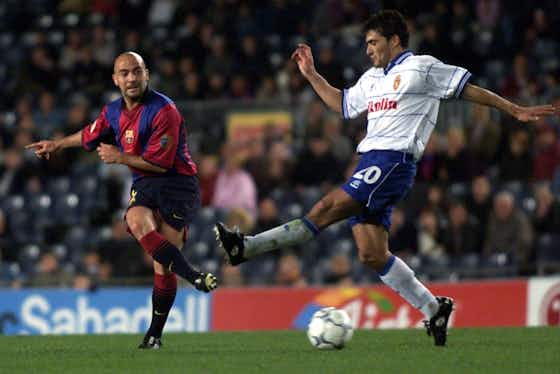
It was early in the season, but several fans and the media were still questioning Cruyff’s decision to restrict De la Peña’s time on the pitch. The midfielder was frequently sent back to the youth teams, despite public interest in him, who wished to see him play in the first team more often.
As a technical player who focused in attack, De la Peña’s defensive awareness was always going to be rusty. In his early years, that was a topic of criticism, with his own manager stating the point: “his quality is mediocre, he only plays with one leg.” This didn’t go down very well within the club seeing as the player was one of the most well-touted to come from the academy in recent years, but the relationship went on.
By June 1996, Barcelona had tied their most precious talent down to a new contract for a further four years, amidst rumours that rivals Real Madrid had their eyes on him. This, however, upset Cruyff, who wasn’t displeased with the generous wage offer to the youngster by the club’s board without his permission.
The tension between player, manager and club didn’t do anyone any good. Taking advantage of the fact that the Blaugrana faithful were leaning more on De la Peña’s side, club president Josep Lluís Núñez was ready to show the legendary Cruyff the door whenever given the chance. That shot came at the end of the 1995-96 season, as he was replaced by Bobby Robson.
It was only one season that De la Peña could work under Cruyff, but he still appreciated what the Dutchman had done for him. Later in his career, Lo Pelat would go on to recognise him as the best manager he ever had and claimed that he understood the decisions made to drop him and that they had nothing but a regular manager-player relationship.
Once again, De la Peña’s lack of defensive contribution was under the spotlight, this time at the U-21 European Championships and the Olympic Games in Atlanta in 1996. Despite being a star at Barcelona, the Spanish junior teams weren’t giving in to the hype just yet.
The Spanish U-21 manager, Javier Clemente, said of the player: “he doesn’t steal the ball from anyone, loses six or eight balls per game and leaves the defensive pivots sold. He has talent, but he keeps trying to give that last pass and lacks regularity.” Even José Mourinho, Robson’s assistant at Barcelona, shared similar concerns, stating that he didn’t have any “defensive habits”.
With Robson, De la Peña’s time on the pitch was even more restricted. Although Barcelona completed a league and cup double, this wasn’t a season to remember for the player.
The following year, there were changes once again as Louis van Gaal came in. In his first season, he promoted Xavi Hernández from the academy, whilst also adding Dragan Ćirić, Rivaldo and more. That only added more hurdles on De la Peña’s path to a first-team spot.
He wasn’t helped by an injury in the middle of the season which kept him out for two months. After that, his place in the team was lost, as Van Gaal was unimpressed.
The Dutch manager’s reasoning for dropping the player, according to him, was tactical, as he didn’t feel he added much value to the team. In a scathing review, Van Gaal said: “Iván makes the public raise from their seats once or twice per game, but he makes me raise from the bench ten times.”
De la Peña found himself at a crossroads. He was clearly out of favour under Van Gaal while his asking price was too high for a sale. Injuries and a lack of time on the pitch only added to his problem and after the frustrations piled up, he was finally let go, moving to Serie A with Lazio.
De la Peña would become the most expensive signing in Lazio’s history, but the ghosts from Barcelona would still continue to haunt him. Health issues and muscular injuries only restricted him to only 18 appearances. Additionally, Lazio’s defensive style didn’t suit him either – for a player so technically-gifted in attack, this was a mismatch.
After a disappointing spell in Italy, the Spaniard made a loan move to France with Marseille. He made a positive start, but this period also ended in injury heartbreak, as a broken fibula against Sturm Graz in the Champions League ended his tenure.
Surprisingly, this would open a second opportunity at Barcelona. Lazio, still the primary owner of the player, loaned him back to the club they brought him from, and with Van Gaal replaced by Lorenzo Serra Ferrer, this was the perfect opportunity to rebuild his reputation. He had the support of the crowd and there was widespread chatter that De la Peña had unfinished business in La Liga.
The season was a bit of a disaster for club and player. Barcelona were languishing away from the top two while the manager was sacked towards the end of the season. De la Peña had rarely featured all season and this season was a difficult pill to swallow, seeing as so much was expected from the midfielder.
Having endured the roughest spell of his career, De la Peña parted ways with Lazio after the 2001-02 season. As a free agent, he would return to Barcelona, except this time, it was with the city’s other team, Espanyol.

In that campaign, De la Peña would do what he had been striving to do for a very long time. Lo Pelat played more games in that season than in the previous three combined, and he would make a solid partnership with former academy teammates Toni Velamazán, Óscar García and Roger, who were in a similar position to him.
The season saw great progress, but by the end of it, De la Peña was involved in a contract dispute once again. His demands were deemed too high, and he was eventually let go. However, as a free agent, no other club was willing to match his requests and midway through the following season, he would make a return to Espanyol once again, who were embroiled in a relegation battle.
He contributed heavily to their first win of the season in his second debut for the club, assisting the winner from a corner. Similar scenes would take place throughout the season, as his 12 assists made him amongst the most influential creators in the country and would spur Espanyol to survival.
His partner in crime was forward Raúl Tamudo, who was the biggest beneficiary of De la Peña’s creativity, while Luis Fernandez, the manager who took over at the helm midway through the campaign, fully understood the player’s best qualities and used him well.
Fernandez was in high praise of the player, as his lack of defensive duties made him one of the most productive players in attack in the league: “He is a different player, with a special talent and a special genius, just as Zidane, Aimar or Ronaldinho are. He sees the play quickly and belongs to this kind of footballer who gives other things to the team. If in all the teams I have trained I could have had de la Peña, I would have won more games and more titles.”
Fernandez left his role after that season and the arrival of the more defensively-minded Miguel Ángel Lotina once again threatened De la Peña’s place. He was initially out of favour with the player, and even had an altercation with him in training, stating that he wasn’t putting in enough of an effort.
Things got better as the season went on. Lotina recognised the attacking differences De la Peña’s presence could make and started featuring him more frequently. His form upon his return was so good that it earned him his first senior international call-up.
Espanyol themselves were a force to be reckoned with that season. They finished fifth in the league and even qualified for Europe for the first time in nine years.
The following year was also successful, despite finishing two points above the relegation zone. The Copa del Rey was their primary aim as they reached the final where they were to face Real Zaragoza at the Santiago Bernabéu in Madrid.

Rather unexpectedly, De la Peña played a starring role in the final. He struck a free-kick that deflected off the crossbar and was put in by Raúl Tamudo on the rebound early in the game. The creator was also involved in the second goal, being heavily influential in the build-up play. Espanyol would score two more to lift the trophy after a 4-1 win and in the process, qualified for the UEFA Cup once more.
Ernesto Valverde took over at the helm in the following season and one of the most memorable matches in De la Peña’s career took place against Barcelona that season. Playing at the Camp Nou, the midfielder was playing just behind the two strikers and he showed his former club what they had been missing out on.
In a memorable 2-2 draw, De la Peña was important in the equaliser, as his wonderfully weighted pass found its way to Tamudo, who finished with ease. This goal was perhaps a bittersweet pill to swallow as Espanyol celebrated the fact that the draw essentially handed Real Madrid the title, but for the player, this was perhaps a saddening factor, despite his lack of glory at the club.
The main event of that season, however, was Espanyol’s UEFA Cup run. Having finished 11th in the league, Europe was where all their focus was at. With a great run that saw them overcome the likes of Ajax, Benfica, Maccabi Haifa and Werder Bremen, they would square off in an all-Spanish final against Sevilla at Hampden Park.
De la Peña, however, had to pass a late fitness test. Espanyol were resilient that evening but had to take their star player off late in the game. The final went to extra-time after an exhilarating 2-2 draw that saw two goals come in extra-time. In the end, there was penalty heartbreak for the Catalan side, as Sevilla claimed the trophy with a 3-1 shootout success.
The Pericos got adjusted better to big matches. In the 2008-09 season against Guardiola’s Barcelona, De la Peña was at his best once again. He scored against them in a game that was crucial for Espanyol’s survival hopes and he celebrated joyously, having once again proven his doubters wrong.
Just four minutes later, he would find the net once again as a mistake form Victor Valdés fell kindly to him. Barcelona had lost to their local rivals for the first time in 27 years and it was sour for them seeing as it was the one they let go who had done the damage. Nearly a decade after first leaving, De la Peña left the Camp Nou a vindicated figure.
In 2009, following the tragic death of Daniel Jarque, De la Peña was given the armband at Espanyol. His time as the team’s leader, though, was brief. Injury concerns once again troubled him for the next two seasons, and in the 2010-11 season, he called time on his career.
De la Peña got his final runout in a match against Sevilla, coming on for the closing stages. He arrived and left with deafening applause, as the Espanyol faithful recognised his efforts and contribution to the club that helped him revive his career.
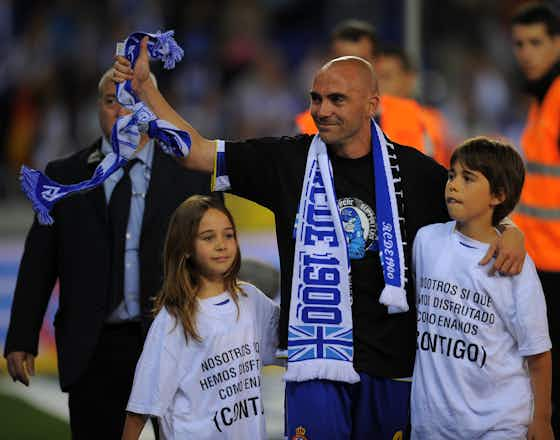
The midfielder was different in every aspect. In the press conference where he announced his retirement, his love for Espanyol and the game, in general, was evident, as he struggled to express his emotions. Despite finding difficulty in finding a team that suited his skills early in his career, Espanyol became his home and he is still widely respected amongst the club’s faithful.
His ability to dazzle, to create, to inspire and to control was all vastly underrated throughout his career – especially by the several managers he had at Barcelona – but in the end, his quality stood out. Whenever he returned to the Camp Nou, he was often welcomed as though he was one of theirs, even though he played for one of their fiercest rivals and that is a testament to the man and to the player.
Regarded by the great Brazilian forward, Ronaldo, as one of his best teammates, De la Peña was an artist and he encapsulated everything that young footballers dreamed of becoming. An unrecognised hero, De la Peña persevered and built himself a career to cherish.
Feature Image by – STR/AFP via Getty Images
El Arte Del Futbol is an official content creator for OneFootball. Find more Original Features, Opinion Columns Player Profiles, Manager Profiles, Retro articles and Tactical Analysis’ on www.elartedf.com. If you are reading this on our website, we’d like to thank you for your continuous support! Follow us on twitter to stay updated with all the latest content.






